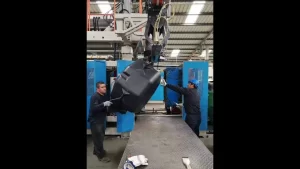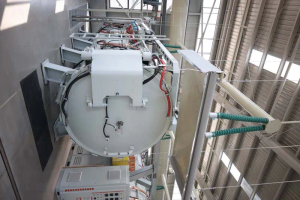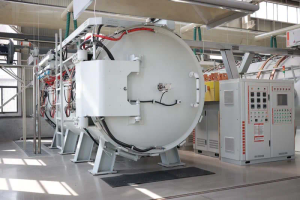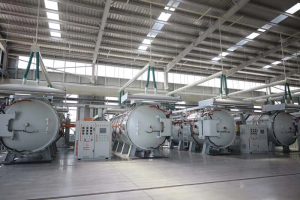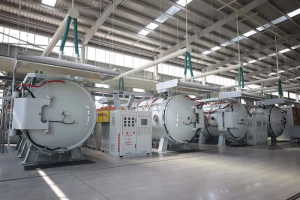Complete Guide to the Pros and Cons of 3D Printing
The cons of 3D printing are:
1. Post-Processing
Most 3D printed parts require some form of post-processing. Typically post-processing may include support removal, UV-light curing, sintering in a furnace, polishing, and even machining for high-tolerance features like bearing housings.
2. Copyright Concerns
Due to the ease and low cost with which 3D printed objects can be manufactured, it becomes easy to duplicate designs without the original creator's consent. There are millions of freely available designs on the internet that can be easily downloaded and copied without crediting or compensating the original owner of the intellectual property or them ever being aware of it. 3D scanning has also become more accessible, which means that real-world objects can be scanned and then duplicated.
3. Large Quantities
3D printing has always been a low-to-medium-volume production process. This is mainly due to the layer-by-layer method in which 3D printed objects are manufactured. This problem is further amplified if high-quality parts are desired which require thinner layers to be placed at a time. Some printing technologies, like HP multijet, can utilize the entire volume to print multiple parts. But even so, the cycle time is significantly slower than other more mature manufacturing technologies.
4. Materials are Limited
3D printing is continually adding new materials. However, these are still limited when compared to more mature manufacturing technologies. While it is possible to print parts in many popular plastics and metals, it is not possible to make use of the thousands of alloys and compounds that have been developed. This is simply because these alloys and compounds have not been converted into a form that is compatible with 3D printing.
5. Part Structure
Some 3D printing technologies like FDM and SLS produce parts whose properties are anisotropic. This means that the parts’ performance varies depending on the direction of load applied. Typically, the parts will be weakest on the Z-axis, which is defined as the axis that points up from the 3D printer print bed.
6. Build-Size Restrictions
3D printers have a wide range of build sizes. However, the printers commonly used for production, have build volumes smaller than large-scale manufacturing technologies like: laser cutting, horizontal mills, and metal casting. As such, 3D printing is generally used for small-scale manufacture of complex components. It must be noted that there are exceptions to this rule, as some specialized 3D printers have very large build volumes.
7. Job Cuts in Manufacturing
3D printing is a highly automated technology. The only interaction from a human is: part setup, removal, and post-processing, which can all be typically handled by one person. In fact, one person can easily operate multiple machines. A 3D printer can also produce a part that would typically require multiple machines and, by extension, multiple machine operators. This means that some jobs can be made redundant in cases where 3D printing is applicable. However, this is not a situation unique to 3D printing and is taking place all across the manufacturing sector.
8. Inaccuracies in Design
3D printed objects are not known for their accuracy and dimensional stability. Parts may warp during printing. Even the most accurate 3D printers cannot match the accuracy achievable with top-tier CNC machines. CNC machines can repeatedly produce parts with an accuracy of 0.025 mm compared to 0.4 mm with DMLS 3D printing machines.
What Should I Know Before Purchasing a 3D Printer?
When purchasing a 3D printer it is important to understand the intended application. For example, if the goal is to produce visual prototypes, then an FDM printer may be better suited. However, if the need is to produce aerospace-grade parts for high-stress applications then technologies like DMLS would be better.


